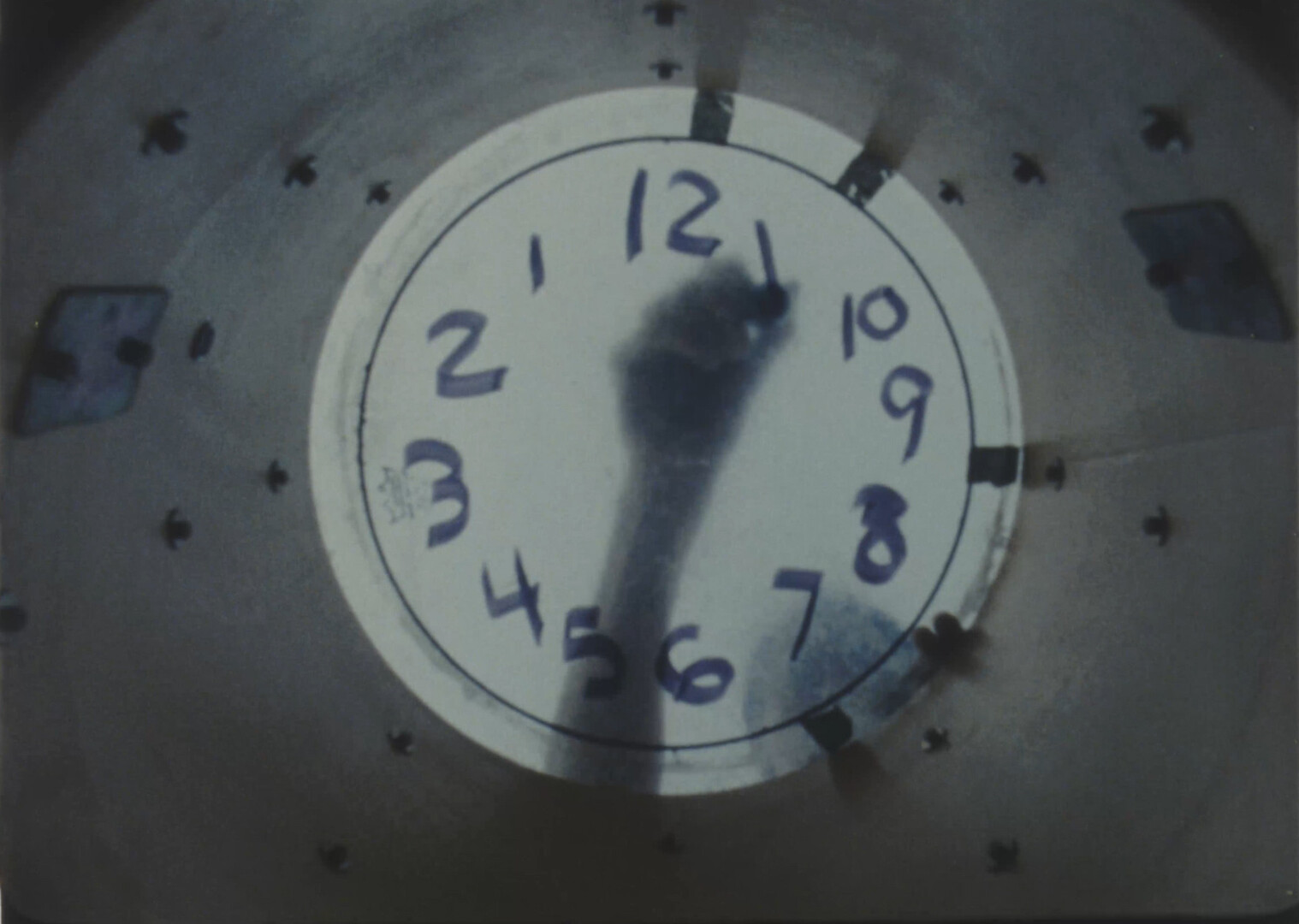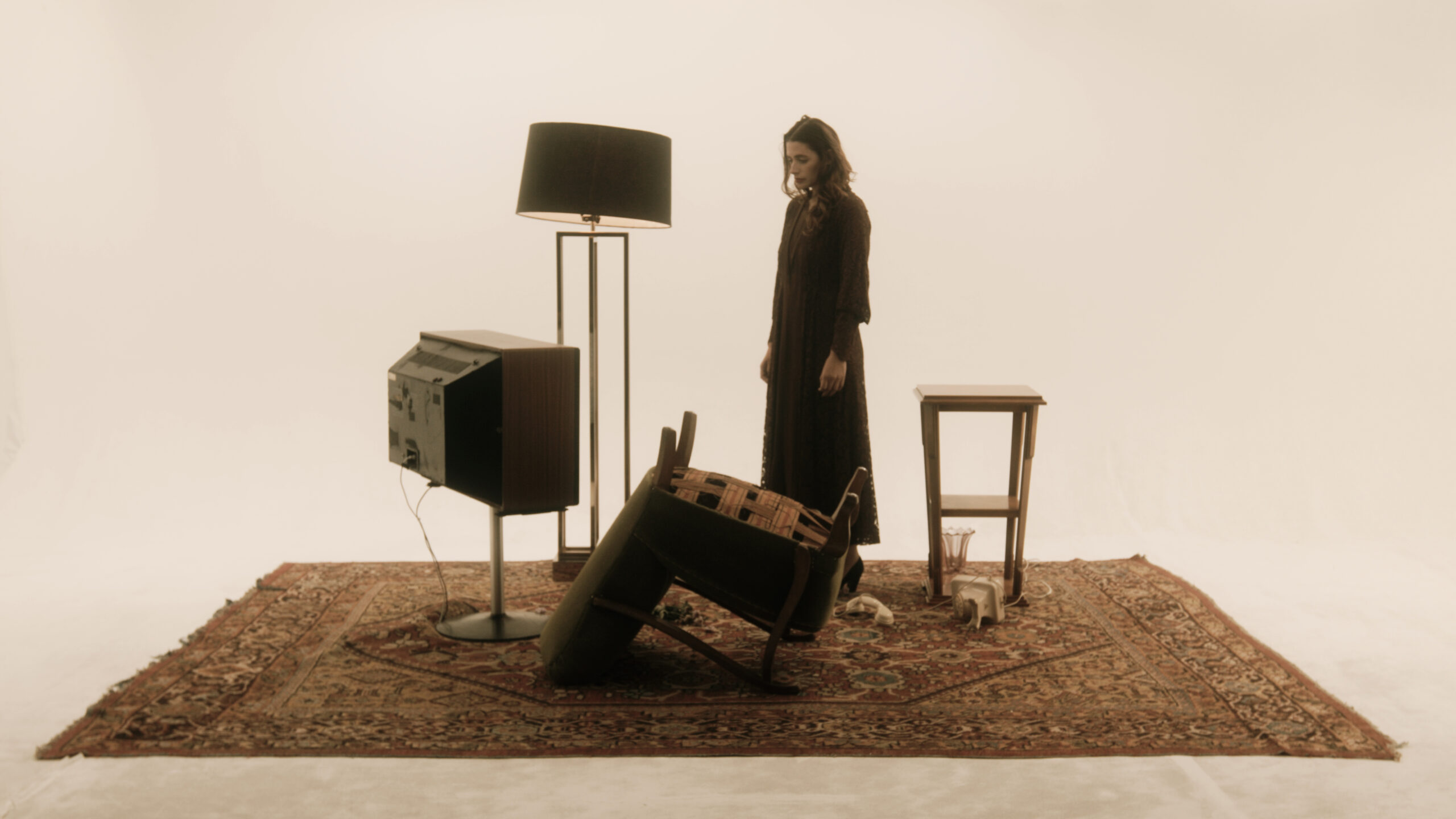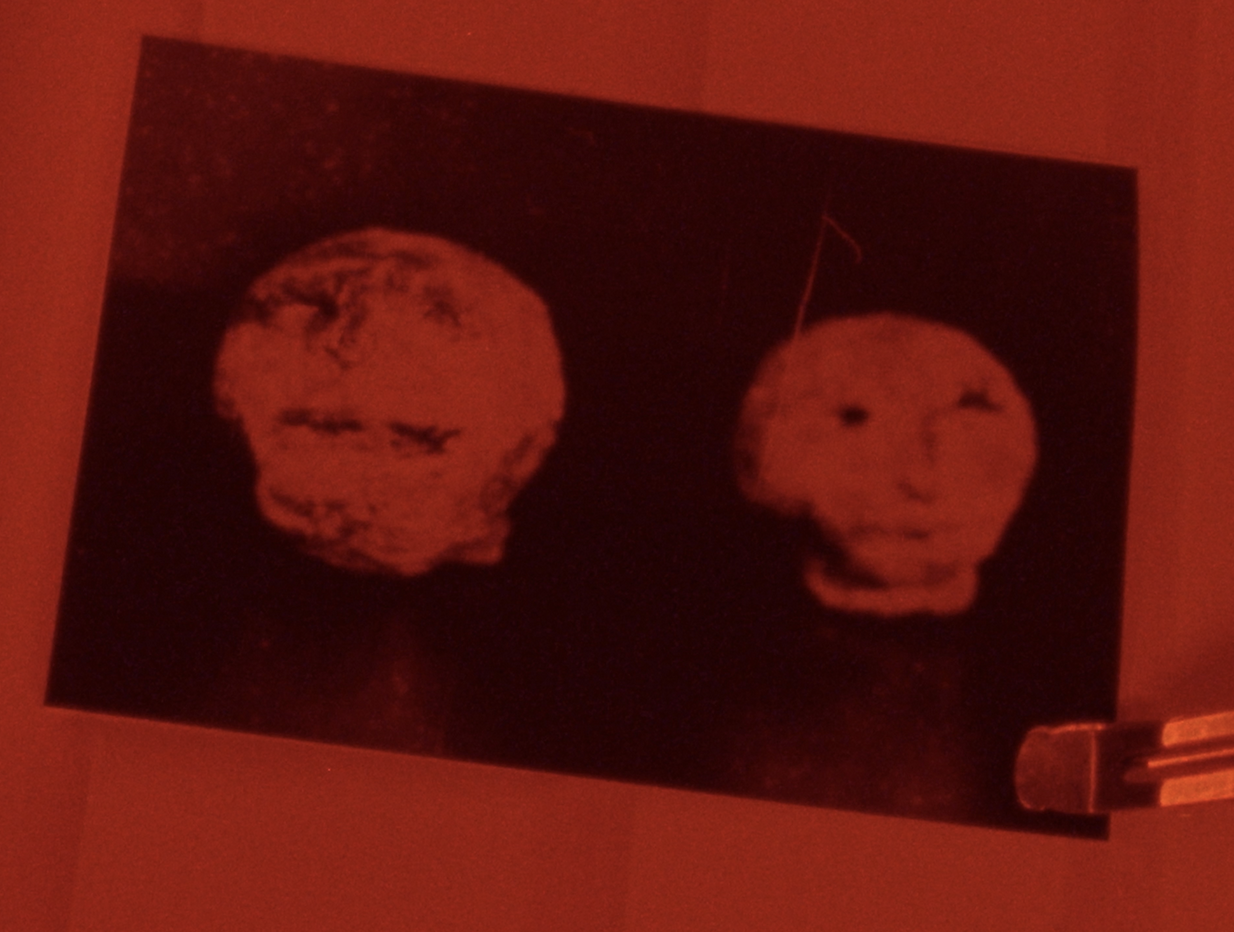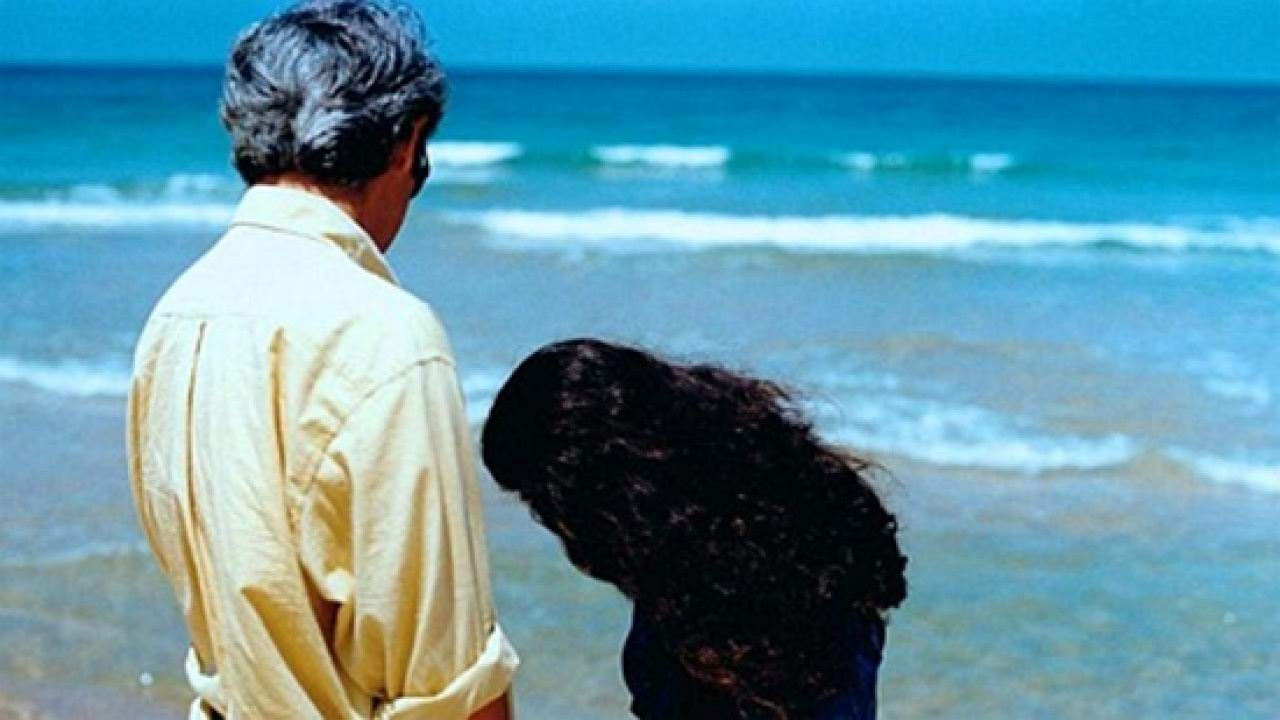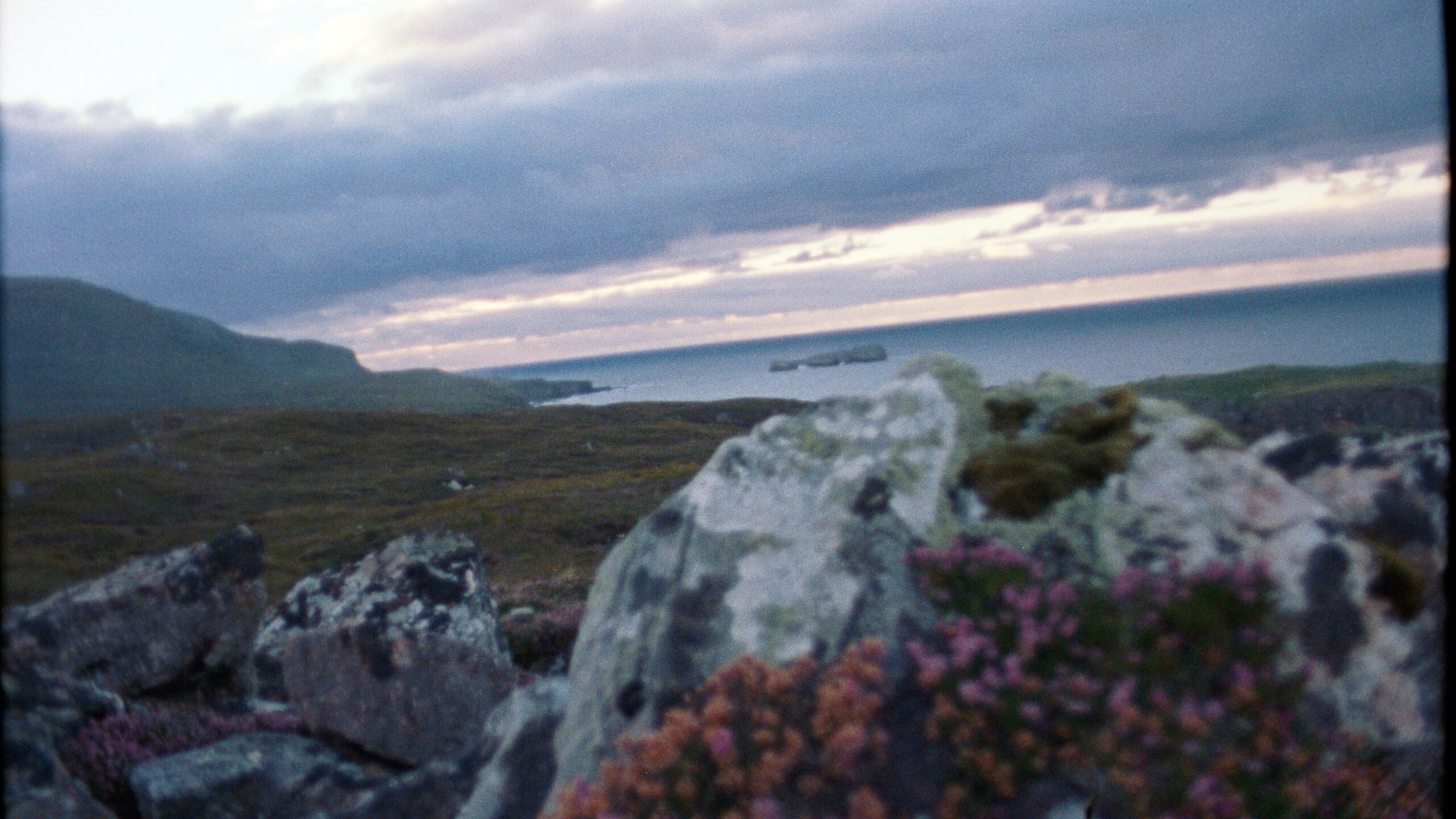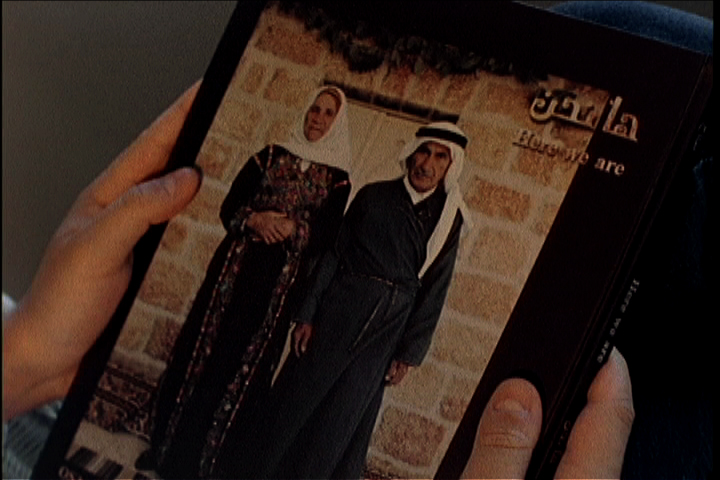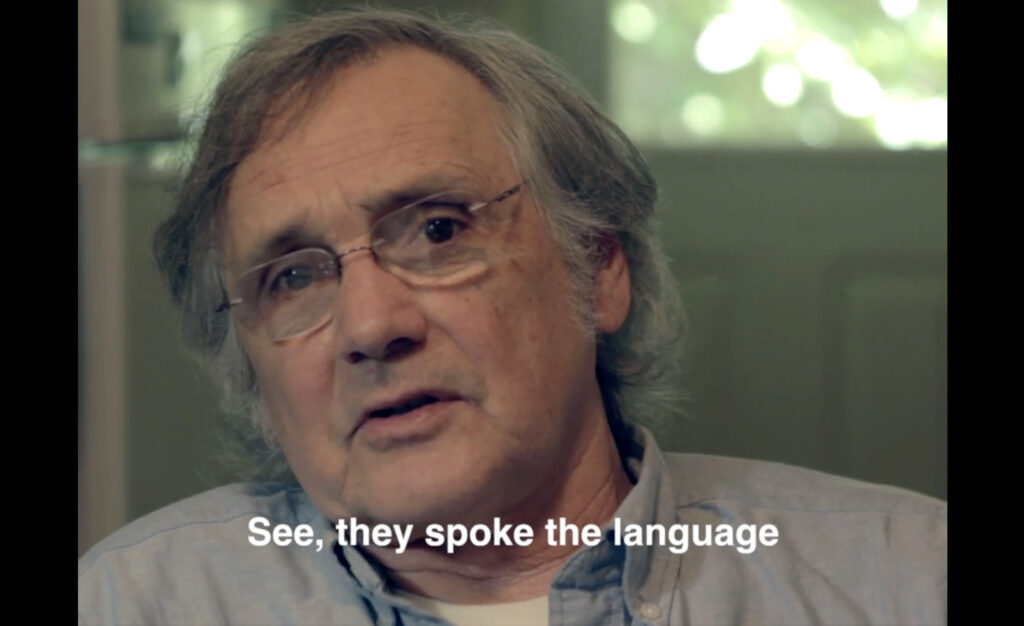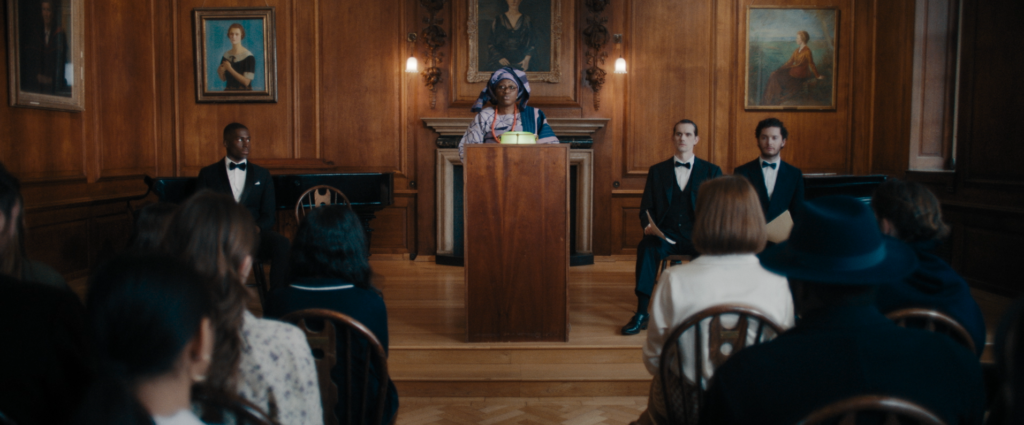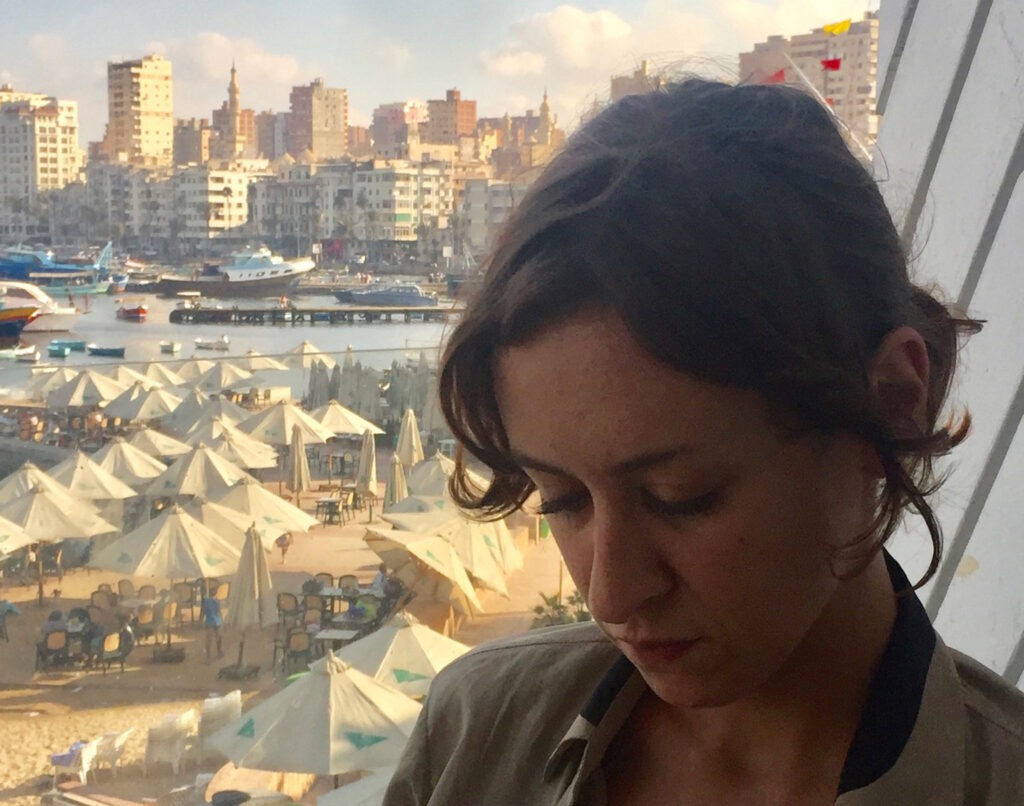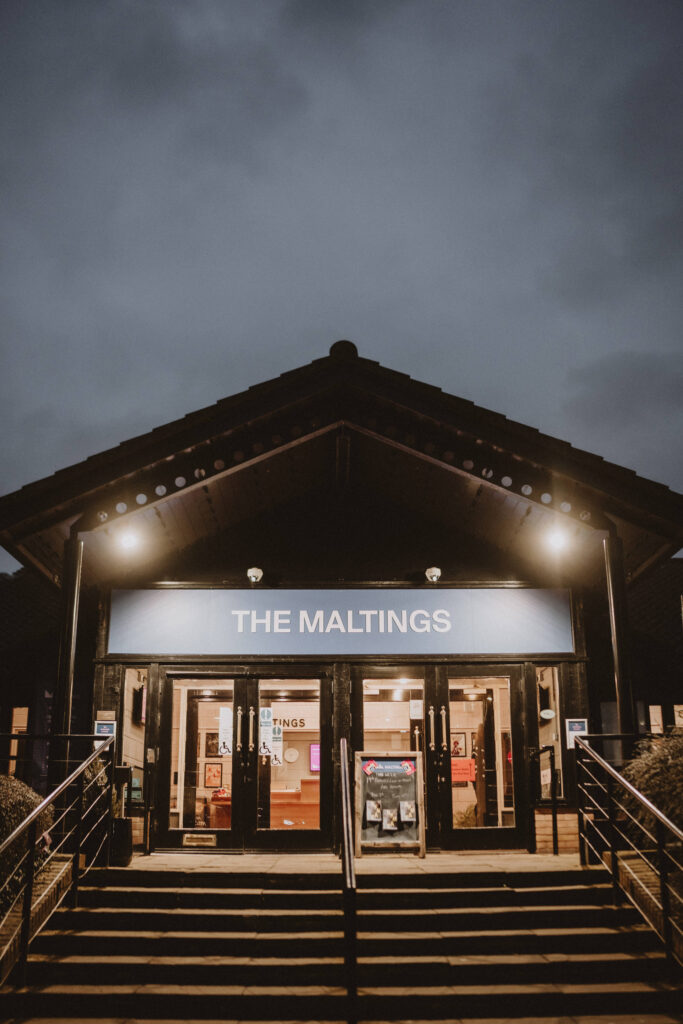
Maltings Henry Travers
Located on Eastern Lane, The Maltings is the festival’s main hub. The Henry Travers Studio at The Maltings is named after the eponymous film and stage actor, whose best known role was guardian angel Clarence Odbody in the 1946 film It’s a Wonderful Life. The Henry Travers Studio a black-box studio space which can seat up to 120.
The first of two screening programmes animating the work of Basma al-Sharif, BFMAF24 Filmmaker in Focus.
Born stateless and of Palestinian heritage, her work explores cyclical political histories and conflicts. In films and installations that move backward and forward in history, between place and non-place, she confronts the legacy of colonialism through satirical, immersive, and lyrical works.
Anti-colonial intellectuals, artists, and activists like Funmilayo Ransome-Kuti, Kwame Nkrumah, and George Padmore were all in the heart of Empire – London – in 1947. They were imagining a world after colonialism, but did they meet? And if they all did, what did they discuss, what did they conjure?
A Radical Duet is a dual timeline hybrid film about two women of different generations who come together to put their fervour and imagination into writing a revolutionary play.
Born stateless and of Palestinian heritage, Basma al-Sharif’s work explores cyclical political histories and conflicts. In films and installations that move backward and forward in history, between place and non-place, she confronts the legacy of colonialism through satirical, immersive, and lyrical works.
Join us for a special in focus conversation with Basma al-Sharif, BFMAF24 Filmmaker in Focus led by Dr Viviane Saglier, lecturer in Film Studies at the University of St. Andrews.
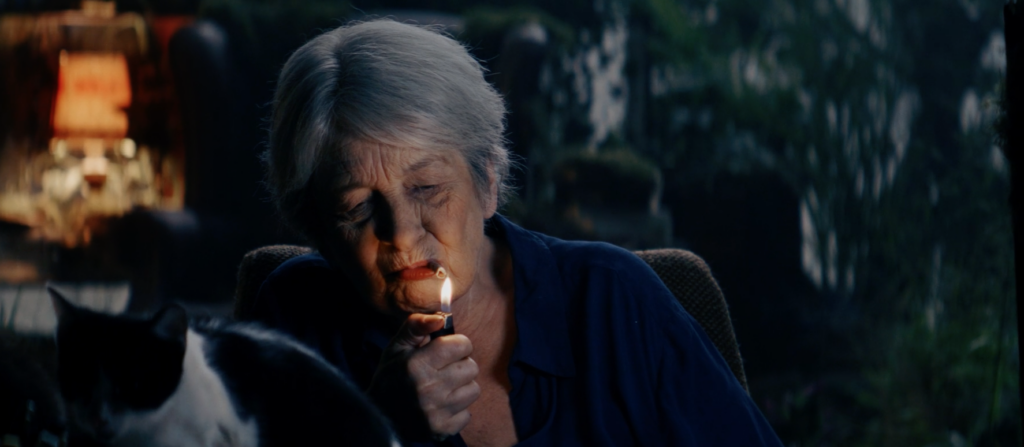
Isabelle Stengers: Building hope on the edge of the abyss
A mysterious house and a magical forest are staging for a playful portrait of Belgian philosopher Isabelle Stengers. Seated amongst verdant overgrowth, dusty ephemera and the occasional stray cat, Stengers expands on the ideas that have shaped her life and work. Intimate and pleasurable, the film delivers an empowering and hopeful message about how to survive in a world of ruins and the potential of collective action.




